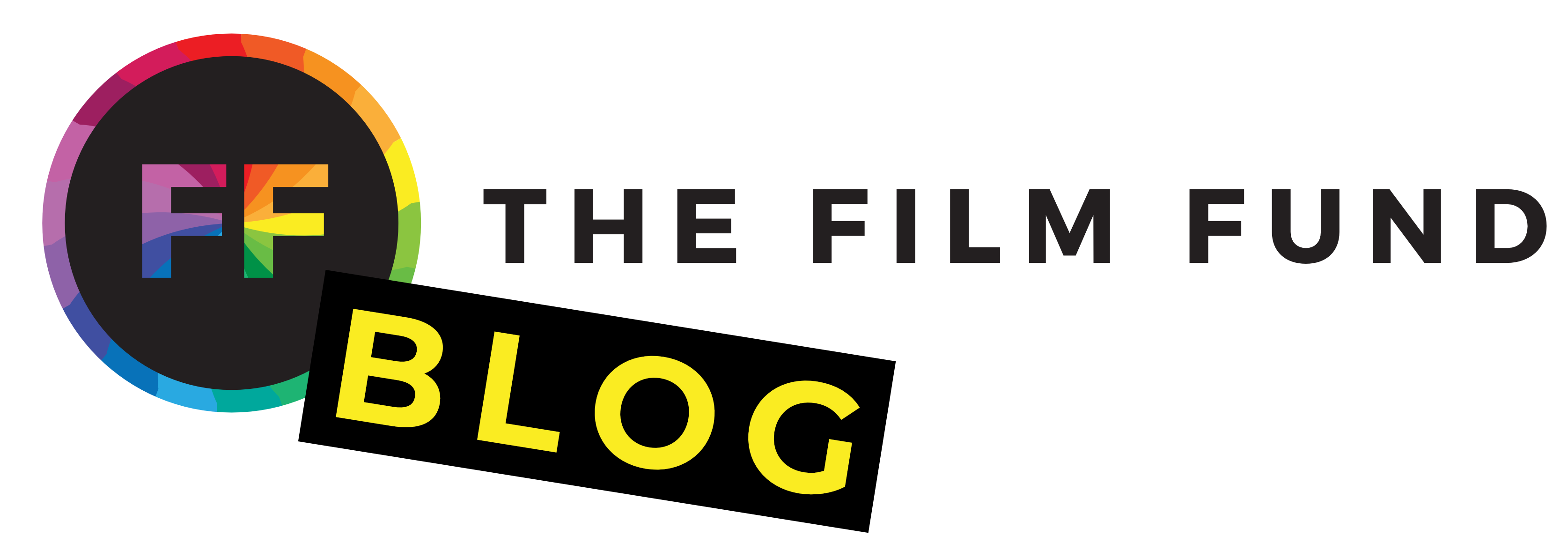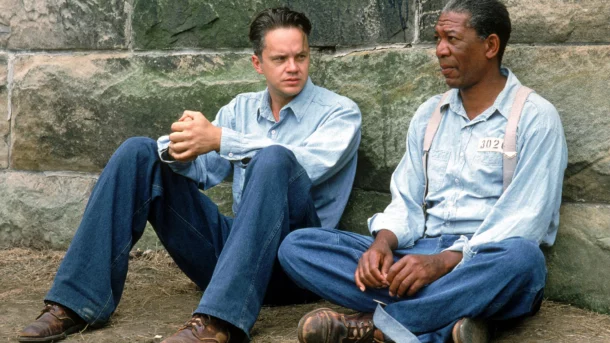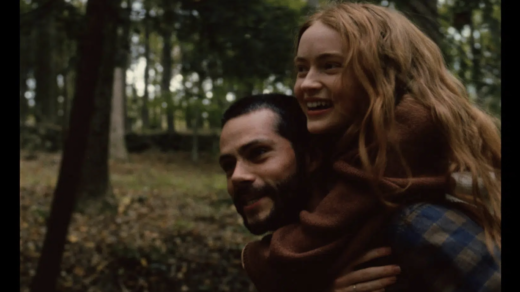In the enchanting dance between the visible and the unseen, foreshadowing emerges as a cinematic magician’s wand, subtly guiding the audience through the intricate maze of a storyline. At its core, foreshadowing in movies can be defined as planting tiny seeds of information early on, hinting at future events that will later blossom into key plot points. It’s a storytelling technique that operates on the principle of anticipation, creating a delightful sense of curiosity and connection for the viewer.
Why does foreshadowing matter in the grand spectacle of filmmaking? Well, it’s the secret ingredient that transforms a good movie into an unforgettable experience. Think of it as the breadcrumbs leading you through the enchanted forest of a film’s narrative, making every twist and turn all the more meaningful.
As we embark on this cinematic journey, we’ll unravel the art and impact of foreshadowing in movies, exploring how it enriches storytelling, captivates audiences, and turns a simple scene into a profound cinematic moment. So, grab your popcorn, settle into your favorite spot on the couch, and let’s dive into the world of foreshadowing in movies, where every hint, every visual clue, and every line of dialogue adds to the magic of storytelling.
Types of Foreshadowing Techniques

Now that we’re immersed in the enchanting world of foreshadowing in movies, let’s unpack the various techniques that filmmakers employ to weave this magic into the fabric of their stories.
Visual Foreshadowing
Picture this: A scene bathed in subtle symbolism, where every frame tells a story before the characters even utter a word. Visual foreshadowing is a cinematic language all its own. It involves the strategic use of symbols, motifs, and set design to hint at future developments. Think of it as a silent dialogue between the filmmaker and the audience, where the visuals themselves whisper secrets about what’s to come.
Dialogue Foreshadowing
Sometimes, the magic lies in the words spoken. Dialogue foreshadowing is a clever interplay of words and phrases that, on the surface, may seem innocuous but carry the weight of future revelations. Characters drop hints, and seemingly casual conversations become the breadcrumbs that guide us through the narrative forest. It’s a verbal dance where every line serves a purpose, laying the groundwork for twists and turns that await.
Whether it’s a carefully placed object in the background or a seemingly throwaway line in a conversation, visual and dialogue foreshadowing work hand in hand to elevate the storytelling experience. As we explore these techniques of foreshadowing in movies, keep an eye out for the breadcrumbs. Every visual clue and each line of dialogue contributes to the grand tapestry of the story, creating an immersive experience that transcends the screen.
The Impact of Foreshadowing on Audience Engagement

As we navigate the cinematic landscape adorned with foreshadowing breadcrumbs, it’s time to delve into the profound impact this technique has on our emotional connection to the story.
Building Anticipation and Suspense
Imagine sitting on the edge of your seat, heart pounding, as the story unfolds with a tantalizing promise of what’s to come. This is the magic of foreshadowing in movies at play. By strategically dropping hints, filmmakers build anticipation and suspense, transforming each scene into a mini-mystery waiting to be unraveled. The artful use of foreshadowing keeps us hooked, eagerly awaiting the moment when those subtle hints blossom into jaw-dropping revelations.
Creating Emotional Connections with Characters
Foreshadowing isn’t just about predicting plot twists; it’s about forging emotional bonds with the characters on screen. When we catch glimpses of a character’s future struggles or triumphs through foreshadowing, it’s as if we’re given a backstage pass to their journey. This connection enhances our empathy, making every triumph sweeter and every setback more poignant. Foreshadowing becomes the bridge that allows us to walk in the shoes of our favorite characters, experiencing their highs and lows with a heightened sense of intimacy.
Enhancing Plot Complexity and Depth
A well-crafted story is like a fine wine—it gets better with time and complexity. Foreshadowing adds layers to the narrative, turning a straightforward plot into a rich tapestry of interconnected events. As the story unfolds, those early hints and clues resurface, weaving a seamless web of continuity. The audience, now attuned to the subtle nuances of foreshadowing, becomes an active participant in decoding the story’s intricacies. This engagement not only deepens our appreciation for the narrative but also sparks conversations and theories among fellow viewers.
In the realm of foreshadowing in movies, anticipation is the key that unlocks a world of emotions. The subtle art of dropping breadcrumbs isn’t just a storytelling technique; it’s an immersive experience that keeps us invested, empathetic, and eagerly awaiting the next twist in the tale.
Examples of Foreshadowing in Iconic Movies

Now that we’ve established the power and allure of foreshadowing in movies, let’s journey into the heart of cinema, exploring iconic examples that masterfully wielded this storytelling technique to captivate audiences.
“The Shawshank Redemption”
Step into the world of Andy Dufresne as “The Shawshank Redemption” unveils the art of visual foreshadowing. Watch for the subtle clues woven into the story of Shawshank State Penitentiary. For example, Red describes Andy’s fantasies of escaping as a “shitty pipe dream”, only for Andy to escape through the prison sewage pipes. This hint and more like it, carefully planted by director Frank Darabont, foreshadow Andy’s audacious escape, turning a seemingly ordinary prison tale into a triumph of hope and resilience.
“The Sixth Sense”
M. Night Shyamalan’s “The Sixth Sense” is a masterclass in the delicate dance of foreshadowing. From the red symbolism that permeates scenes to the quietly unsettling dialogue, every element contributes to the film’s ultimate revelation. As we revisit this supernatural thriller, observe how the seemingly unrelated pieces come together, showcasing the brilliance of foreshadowing in constructing a narrative where every detail matters.
“Fight Club”
In the chaotic world of “Fight Club,” David Fincher employs visual foreshadowing and clever writing to lead audiences down a mind-bending rabbit hole. Keep an eye on the recurring motifs—soap, Tyler Durden’s enigmatic statements—and witness how these breadcrumbs pave the way for one of cinema’s most unexpected twists. Overall, “Fight Club” exemplifies the fusion of visual and dialogue foreshadowing, challenging viewers to question the reality presented on screen.
These films aren’t merely stories; they are immersive experiences crafted with meticulous attention to detail. The strategic use of foreshadowing in “The Shawshank Redemption,” “The Sixth Sense,” and “Fight Club” demonstrates how this technique transcends genres, leaving an indelible mark on the way we perceive and engage with cinema. As we explore these examples of foreshadowing in movies, consider how it transforms a movie from a passive viewing experience into an interactive journey, inviting us to decode the language of symbols and dialogue.
Practical Tips for Filmmakers

Since we’ve dived into the enchanting world of foreshadowing in iconic films, let’s equip aspiring filmmakers with practical tips to weave this cinematic magic into their own creations.
Balancing Subtlety and Clarity in Foreshadowing
Finding the sweet spot between subtlety and clarity is the first rule of foreshadowing. Much like with trailers, foreshadowing in movies shouldn’t reveal too much. While hints should be discreet enough to avoid giving away the entire plot, they should also be clear and memorable. Strive for a delicate dance where foreshadowing is an artful whisper, not a loud proclamation. This balance ensures that the audience feels the thrill of anticipation without feeling spoon-fed.
Collaborating with Writers, Cinematographers, and Actors
Foreshadowing in movies, just like any other technique in filmmaking, is a team effort. Engage in open communication with your writers, cinematographers, and actors to ensure a cohesive vision. Discuss how visual and dialogue cues can be seamlessly integrated into the narrative. A collaborative approach enhances the effectiveness of foreshadowing, creating a harmonious blend of storytelling elements that resonate with the audience.
The Role of Foreshadowing in Different Film Genres
Every film genre has its own rhythm, and foreshadowing can be tailored to fit these varied beats. Consider how foreshadowing contributes to suspense in a thriller, adds emotional depth to a drama, or enhances the comedic timing in a comedy. Understanding the nuances of foreshadowing across genres allows filmmakers to wield this tool with precision, elevating their storytelling to new heights.
As you embark on your filmmaking journey, remember that foreshadowing in movies is both an art and a science. It’s the delicate brush stroke that adds nuance to your canvas, guiding the audience through the narrative maze. By balancing subtlety, fostering collaboration, and adapting to genre dynamics, you’ll be well on your way to creating films that not only entertain but also leave a lasting imprint on the hearts and minds of your audience.
In Conclusion
Foreshadowing isn’t just a narrative technique; it’s the heartbeat that pulsates through the veins of cinema. It’s the unseen force that elevates storytelling from good to extraordinary. Our exploration has revealed how these subtle hints, whether visual or spoken, create a tapestry of anticipation, transforming the viewing experience into a thrilling adventure.
To the aspiring filmmakers reading this, consider foreshadowing as your storytelling palette. Experiment with the brushstrokes of visual clues and the eloquence of dialogue to carve your unique narrative path. The films we’ve explored serve as beacons, guiding you to master the art of anticipation and surprise. Embrace the challenge, embrace the possibilities, and let foreshadowing become your cinematic signature.
So, as the lights brighten and the curtain falls on our exploration of foreshadowing in movies, remember that every hint, every subtle clue, is a testament to the magic that cinema weaves. It’s an invitation to delve into the unknown, to anticipate the unexpected, and to marvel at the storytelling prowess of filmmakers who understand the language of foreshadowing.
Lastly, if you’re a budding moviemaker who is trying to cobble together funding for their short film, cobble no more! The Film Fund is open to entries for our film funding contest where you can win up to $10,000 in funding for the production of your short narrative or short documentary. Send us a single sentence that explains the premise of your short film as well as your plans for the funding. No full script required! Head over to our sign-up page to learn more and enter now.




